Description
The Caspian Pond Turtle (Mauremys caspica) is a freshwater turtle species found in parts of the Middle East and Central Asia. Here are key details about this species:
caspian pond turtle for sale
Physical Description
- Shell: The Caspian Pond Turtle has a moderately domed carapace that ranges in color from olive to dark brown or black, often with yellowish or light brown markings. The plastron is typically yellow with dark blotches.
- Size: Adults usually reach 6 to 10 inches in length.
- Sexual Dimorphism: Males tend to have longer, thicker tails and slightly concave plastrons, while females have shorter tails and flatter plastrons.
Habitat
- Range: Native to regions surrounding the Caspian Sea, including parts of Iran, Azerbaijan, Turkey, Armenia, Georgia, and western parts of Central Asia.
- Environment: Prefers slow-moving rivers, ponds, lakes, and marshes with abundant aquatic vegetation and soft, muddy bottoms.
Behavior
- Diet: Omnivorous, feeding on a variety of aquatic plants, invertebrates, small fish, and carrion. Their diet can change with availability and season.
- Activity: Primarily diurnal and highly aquatic, but they are also known to bask on logs and rocks near water bodies.
- Lifespan: Can live up to 20 years or more in the wild; potentially longer in captivity with proper care.
Reproduction
- Breeding Season: Mating typically occurs in the spring and early summer.
- Nesting: Females lay eggs in sandy or soft soil near water bodies. Clutch sizes can vary but typically contain around 5-10 eggs.
- Incubation: Eggs incubate for about 70 to 90 days, with temperature influencing the sex of the hatchlings.
Conservation Status
- Threats: Habitat destruction, pollution, and over-exploitation for the pet trade are significant threats. Additionally, water pollution and the construction of dams and water diversion projects impact their habitats.
- Conservation Efforts: Conservation measures include habitat protection, legal protection from capture and trade, and initiatives to raise public awareness about the species and its ecological role.
Care in Captivity
- Aquarium Setup: Requires a spacious tank with both aquatic and terrestrial areas, providing clean, filtered water and access to UVB lighting for basking.
- Water Quality: Maintaining good water quality is crucial to prevent health issues.
- Diet: Should be fed a varied diet of commercial turtle pellets, fresh greens, and occasional protein sources like insects or fish.
Ecological Role
The Caspian Turtles plays a vital role in its ecosystem by helping control insect populations, contributing to nutrient cycling, and serving as both predator and prey within its food web. Protecting their natural habitats and preventing over-exploitation are essential for the conservation of this species.
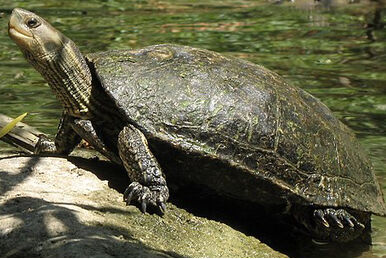
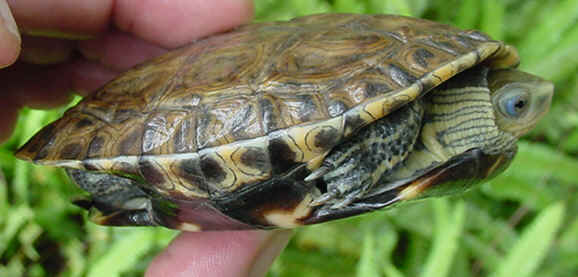
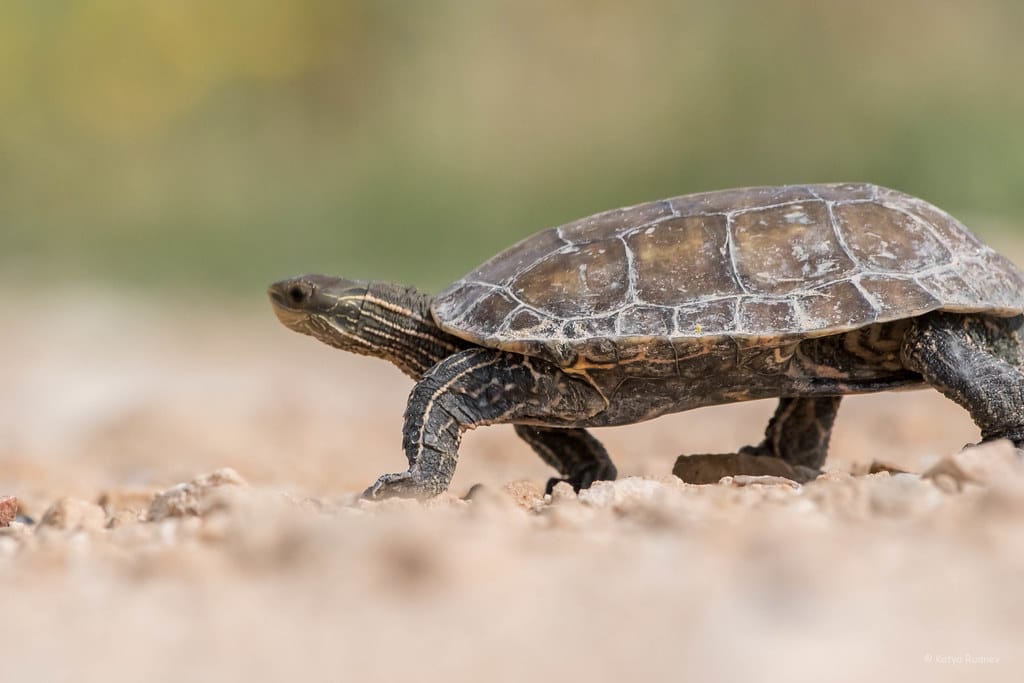
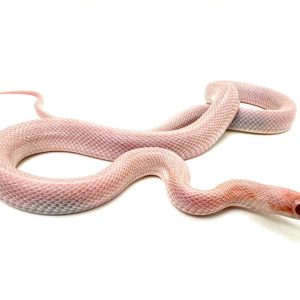


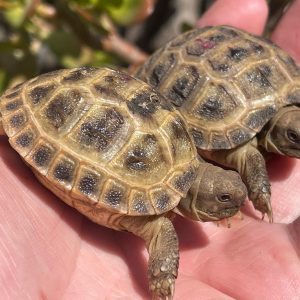
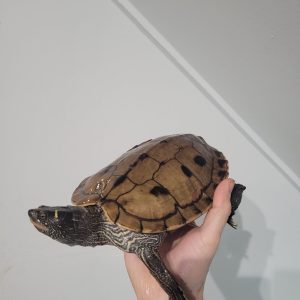
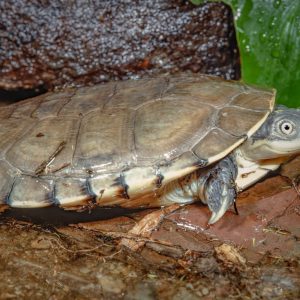
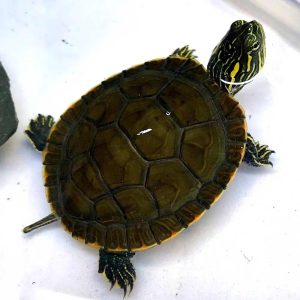
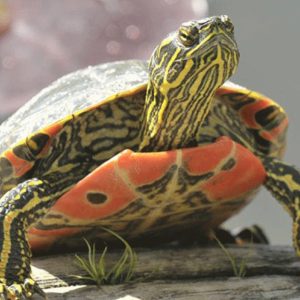
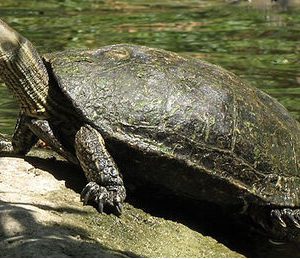
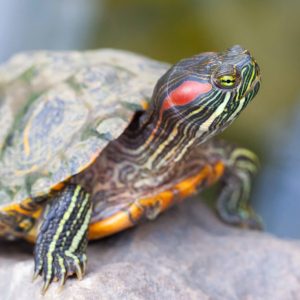
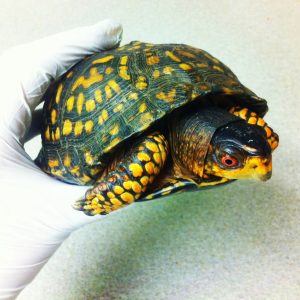
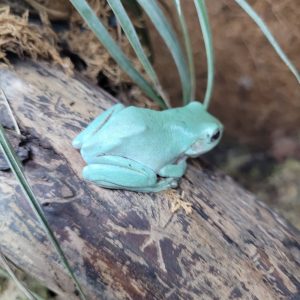
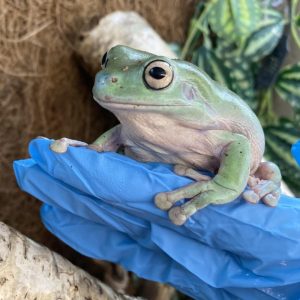
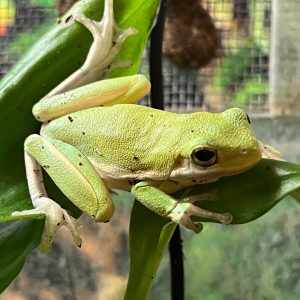
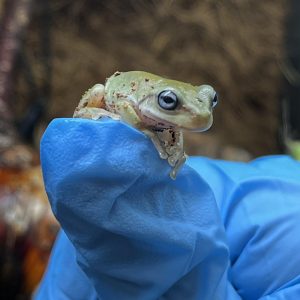
Reviews
There are no reviews yet.